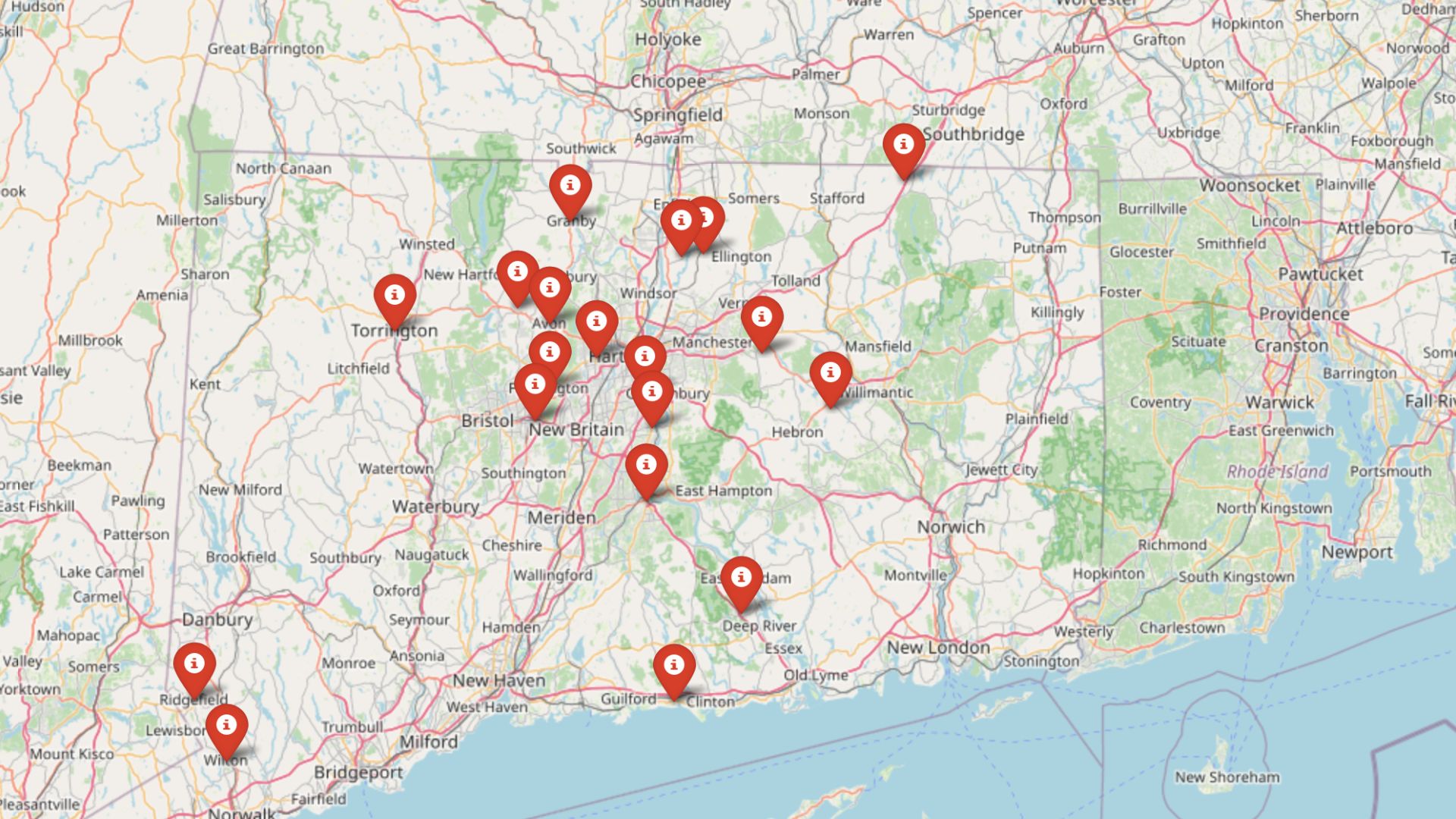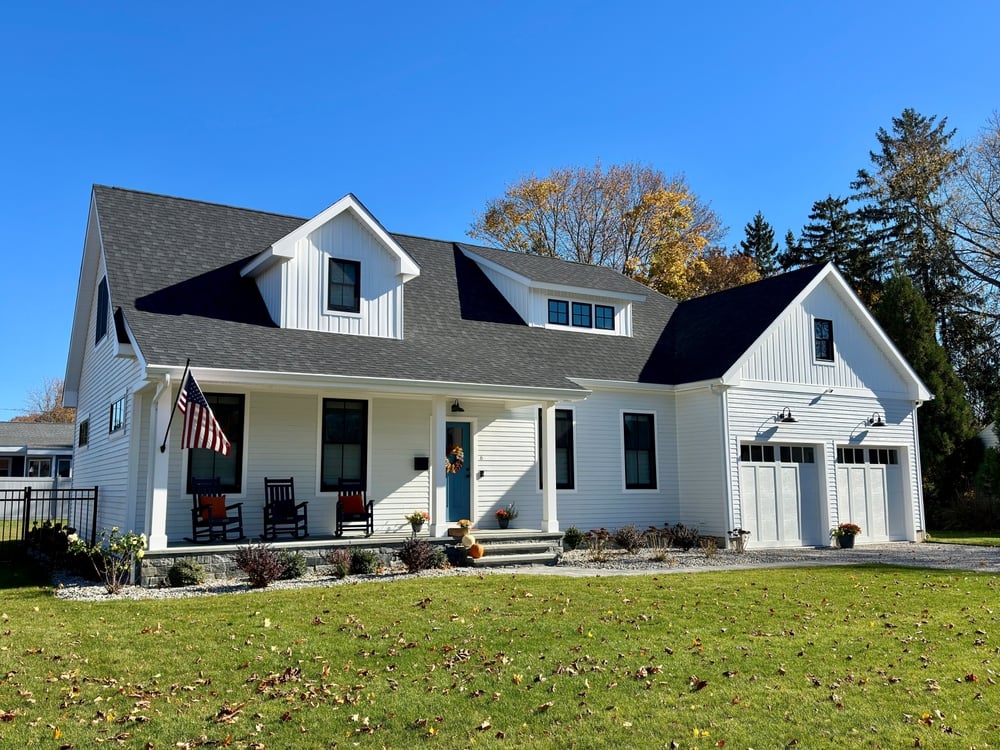
Connecticut presents a complex tapestry of communities, from affluent suburban enclaves in Fairfield County to post-industrial cities struggling with economic transition. The state’s mix includes historic coastal towns, university communities, and former manufacturing centers that have faced varying degrees of economic challenges over recent decades. While Connecticut maintains one of the nation’s lowest overall crime rates, certain communities experience elevated property crime due to factors including economic distress, proximity to major transportation corridors like I-95 and I-84, high residential vacancy rates, and the socioeconomic pressures that accompany deindustrialization.
Methodology: Rankings are based on recent state and federal crime reporting data, focusing on burglary incidents per 100,000 residents as the primary metric. In cases of tied rates, multi-year crime trends and local demographic context were used as tie-breakers to determine final rankings.
21. New Britain

The “Hardware City” experiences 145 burglaries per 100,000 residents. Despite its relatively lower rate compared to other cities on this list, New Britain’s dense urban environment and economic transition from manufacturing contribute to ongoing property crime concerns.
20. New London

This southeastern Connecticut port city reports 152 burglaries per 100,000 residents. New London’s waterfront location, transient military population due to nearby submarine base, and economic challenges contribute to property crime rates. The city’s tourism industry creates seasonal variations in criminal activity.
19. Enfield
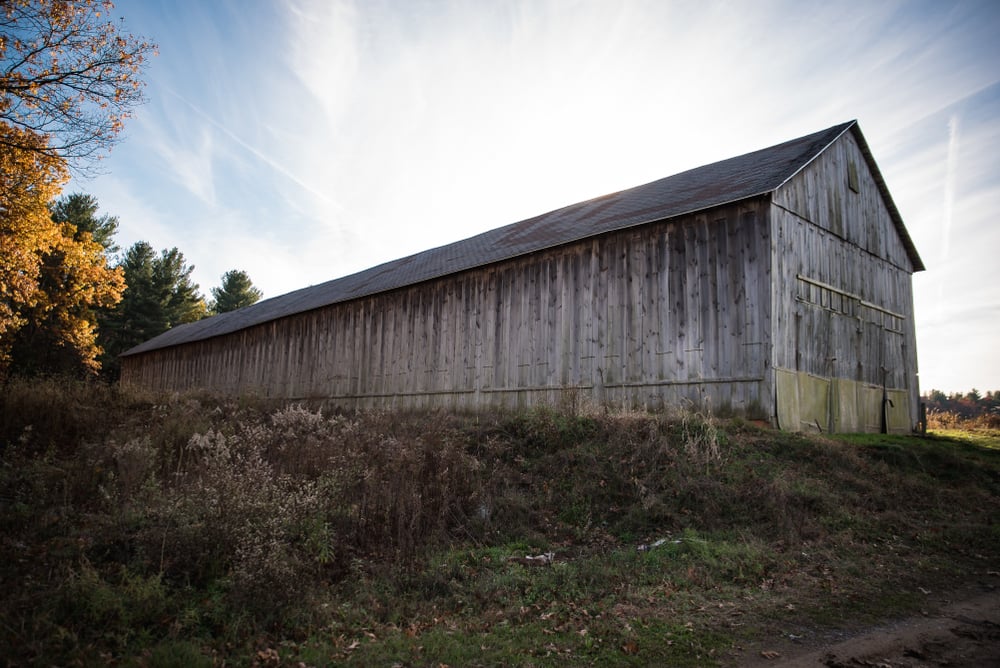
This northern Connecticut town reports 158 burglaries per 100,000 residents. Enfield’s location near the Massachusetts border and along major transportation routes creates opportunities for transient criminal activity. The town’s mix of suburban and rural areas presents varied security challenges.
18. Glastonbury

Despite its affluent reputation, Glastonbury experiences 167 burglaries per 100,000 residents. The town’s wealth may actually contribute to targeting by criminals, while its substantial geographic area and mix of secluded properties create security challenges for residents and law enforcement.
17. Hamden
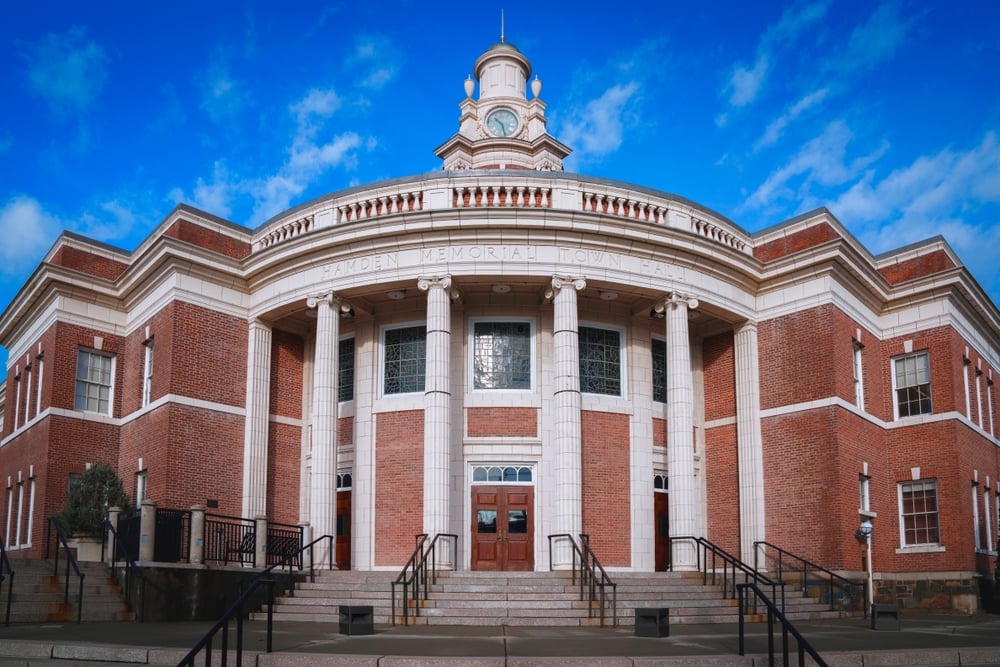
This New Haven County town reports 191 burglaries per 100,000 residents. Hamden’s proximity to New Haven, significant student population from Quinnipiac University, and mix of residential neighborhood types contribute to its property crime rates. The town has increased community policing efforts in response to these challenges.
16. Orange
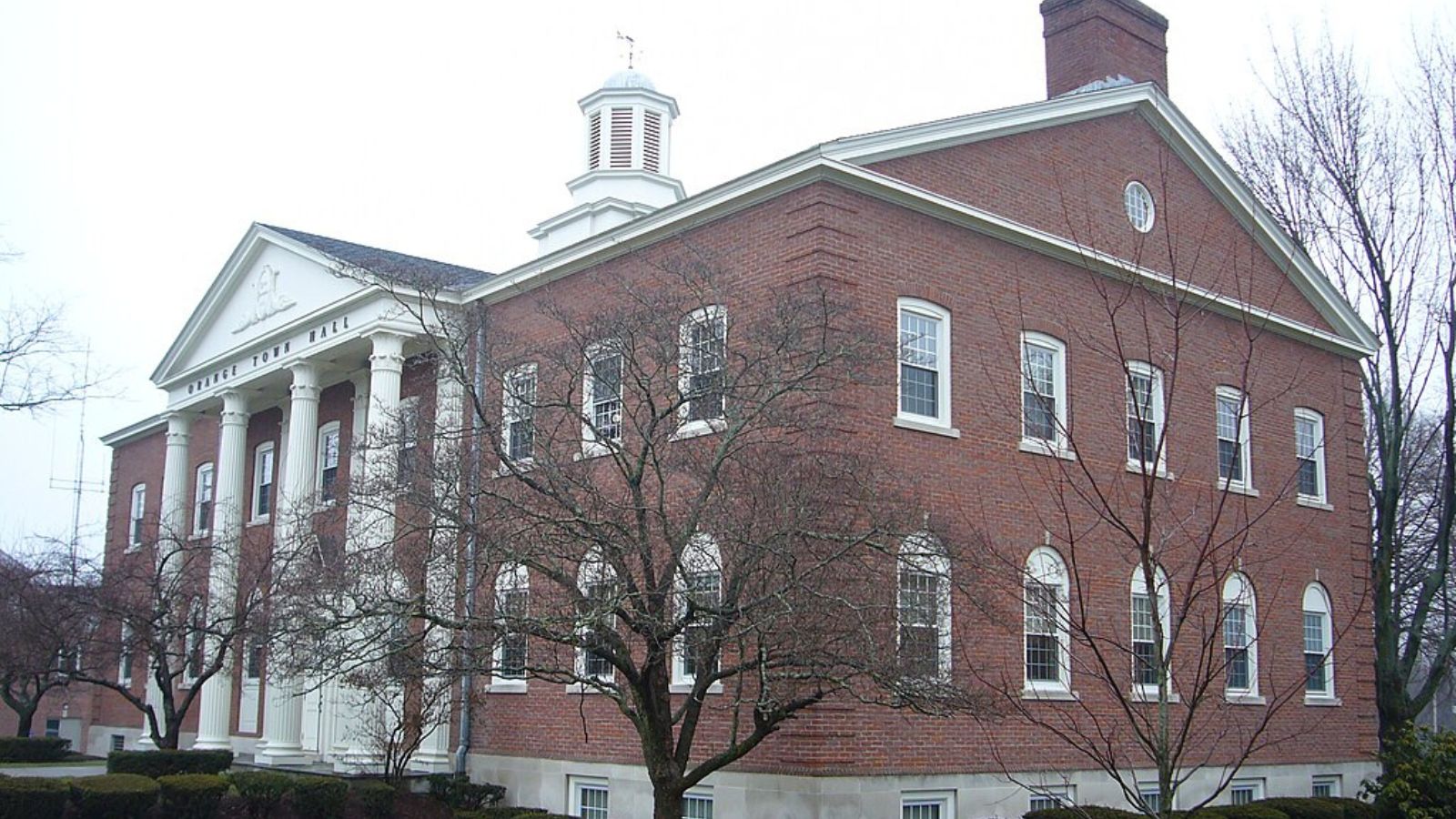
Topping the list with 203 burglaries per 100,000 residents, Orange presents an interesting case as a generally affluent New Haven County town. The community’s wealth, secluded residential areas, and proximity to major highways may make it an attractive target for property criminals. Orange has implemented enhanced neighborhood watch programs and increased police patrols in response to these concerns.
15. Bridgeport
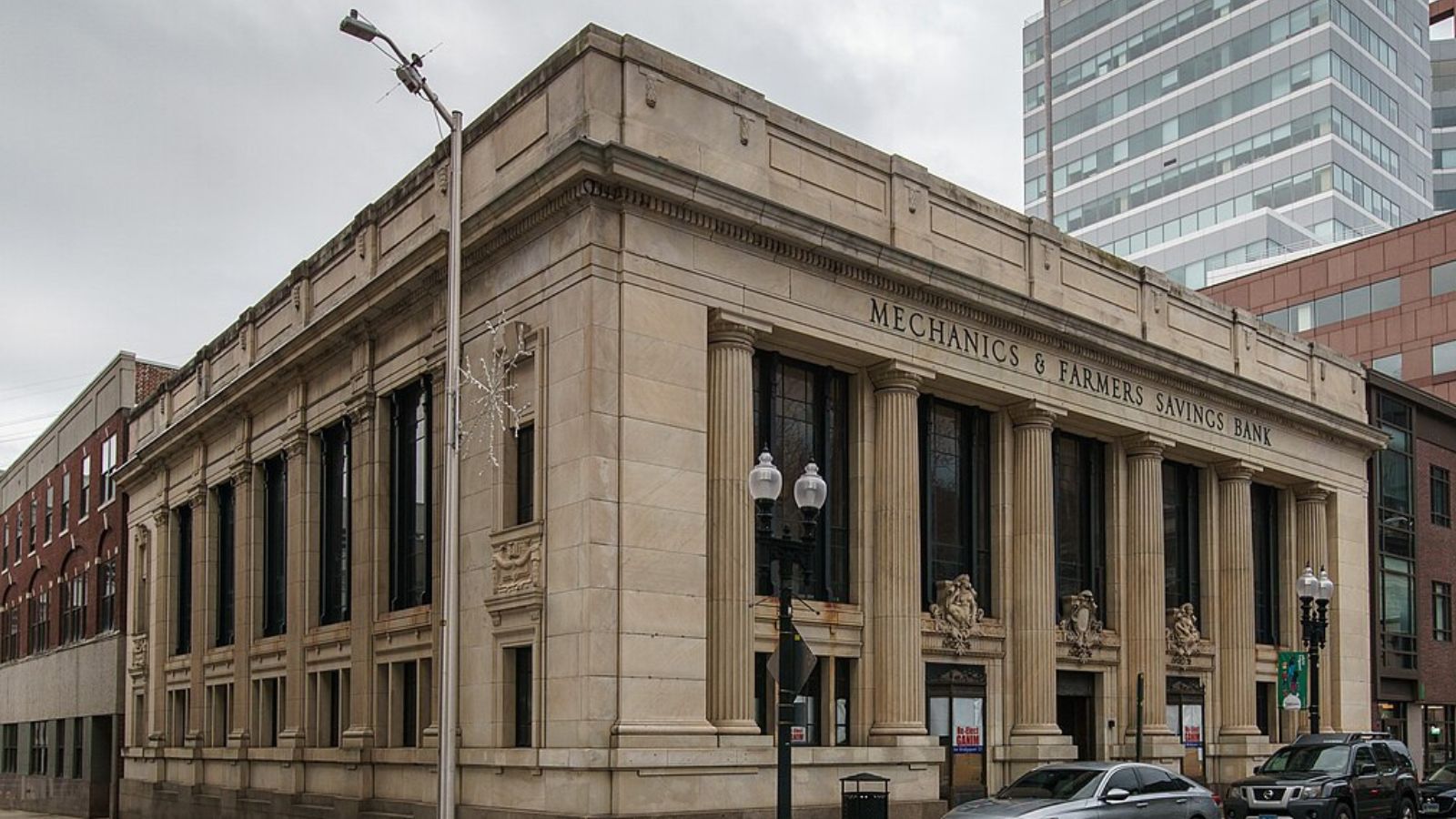
Connecticut’s largest city reports a burglary rate of 211 per 100,000 residents. Located in Fairfield County, Bridgeport’s elevated property crime reflects the challenges facing many post-industrial cities, including economic disparity and strained municipal resources. The city saw decreases in burglary rates in 2024 compared to 2023, indicating positive trends in crime reduction efforts.
14. Vernon

This north-central Connecticut town records 221 burglaries per 100,000 residents. Vernon’s location along major transportation routes and mix of residential and commercial areas contributes to its property crime challenges. The town has implemented community policing initiatives to address these concerns.
13. South Windsor

With 224 burglaries per 100,000 residents, this Hartford County suburb experiences property crime despite its generally affluent character. South Windsor’s proximity to major highways and its mix of new developments and older neighborhoods creates varied security challenges across different areas of the town.
12. East Windsor
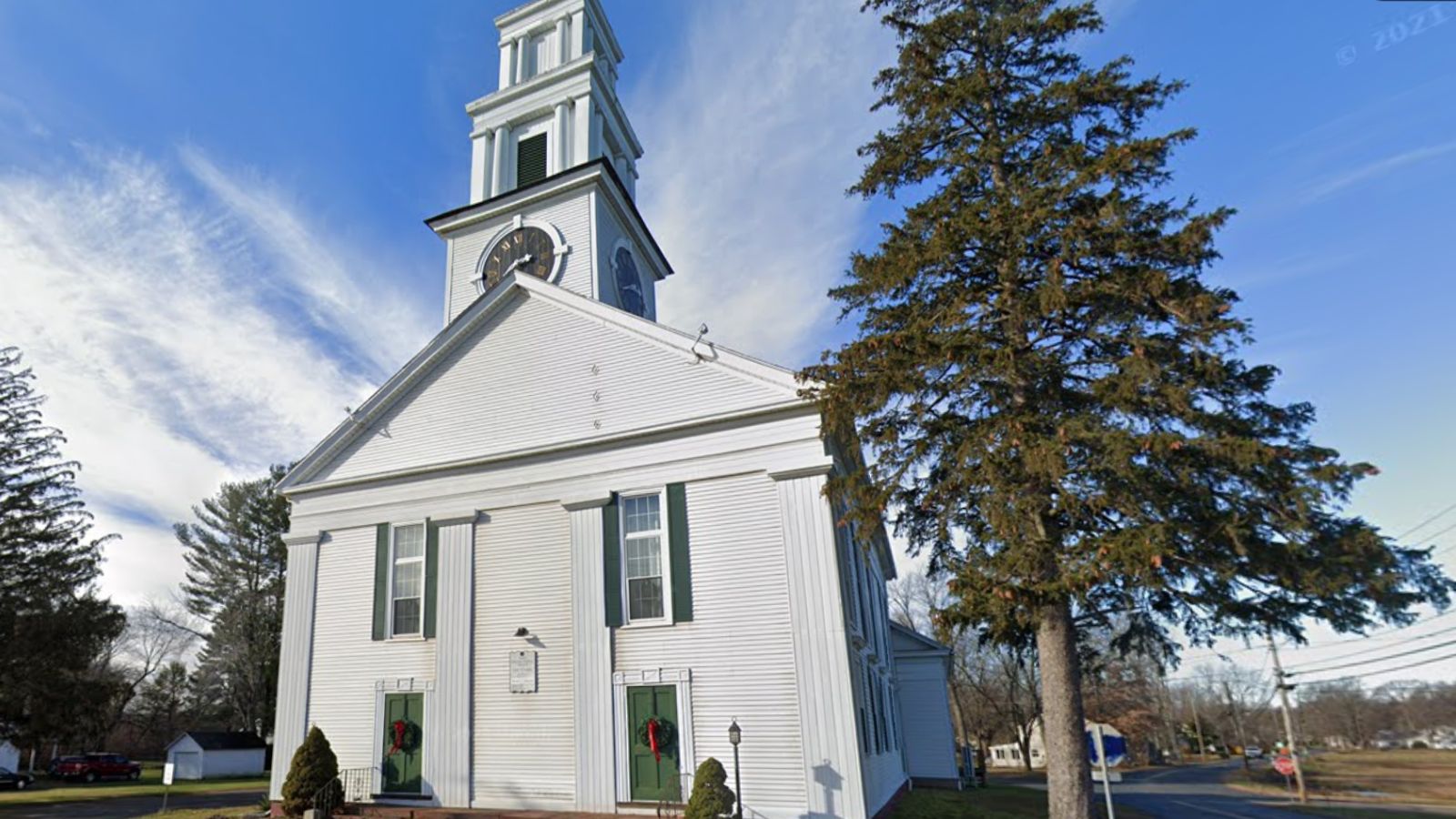
This small Hartford County town reports 242 burglaries per 100,000 residents. East Windsor’s location near the Massachusetts border and along Route 5 corridor contributes to transient criminal activity. The town’s rural character and scattered residential areas can make police response more challenging.
11. Waterbury
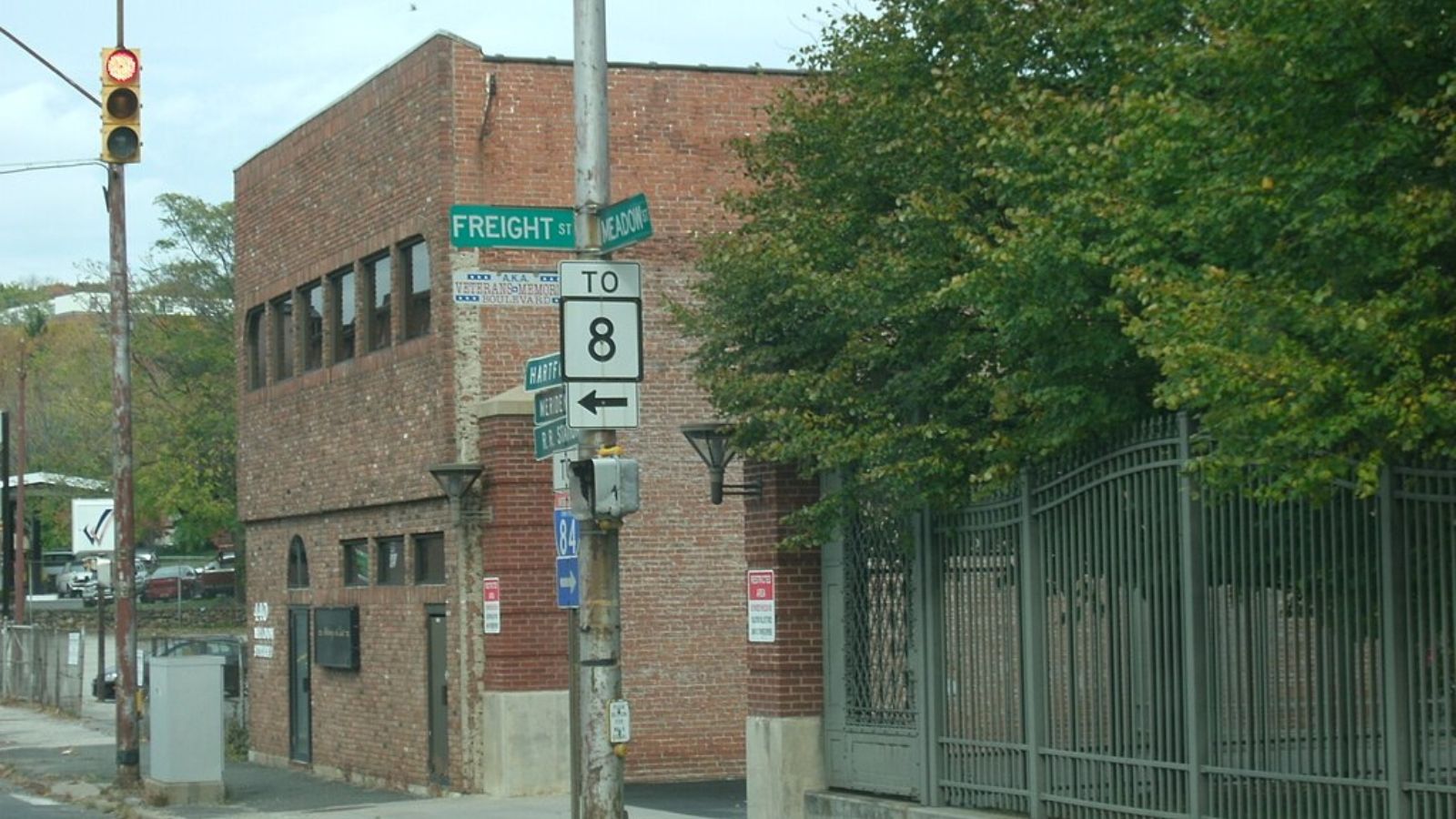
The “Brass City” reports 253 burglaries per 100,000 residents. Waterbury’s post-industrial economic struggles and high poverty rates contribute to persistent property crime issues. However, the city saw significant decreases in burglary rates in 2024, with overall crime down 13.5%.
10. Meriden

Located in central Connecticut, Meriden experiences 280 burglaries per 100,000 residents. The city’s position at the intersection of major highways and its mix of residential and industrial areas creates opportunities for property crime. Economic challenges in certain neighborhoods contribute to the elevated rates.
9. Hartford

Connecticut’s capital city reports 283 burglaries per 100,000 residents. Hartford’s urban density, economic disparities, and significant daytime population influx create complex security challenges. The city achieved a 26% decrease in burglary rates in 2024 compared to 2023, showing improvement in crime prevention efforts.
8. Southington

This Hartford County town records 303 burglaries per 100,000 residents. Southington’s location along Interstate 84 and Route 9 corridors contributes to its property crime rates. The town’s mix of suburban developments and rural areas presents varied security challenges for residents and law enforcement.
7. North Haven

With 307 burglaries per 100,000 residents, this New Haven County town experiences elevated property crime despite its suburban character. North Haven’s proximity to major transportation networks and shopping centers contributes to opportunities for criminal activity.
6. New Haven

The home of Yale University reports 319 burglaries per 100,000 residents. New Haven’s urban environment, significant student population, and economic disparities create conditions conducive to property crime. The city saw increases in burglary rates of at least 15% in 2024, despite overall improvements in violent crime.
5. Derby

This small Naugatuck Valley city experiences 331 burglaries per 100,000 residents. Derby’s post-industrial economic challenges and dense residential areas contribute to its elevated property crime rates. The city’s location along the Naugatuck River valley transportation corridor adds to security concerns.
4. Putnam

Located in northeastern Connecticut near the Massachusetts border, Putnam reports 333 burglaries per 100,000 residents. This small town’s rural character, older housing stock, and position along state borders contribute to property crime challenges. Limited police resources relative to geographic coverage area can impact response times.
3. Norwich
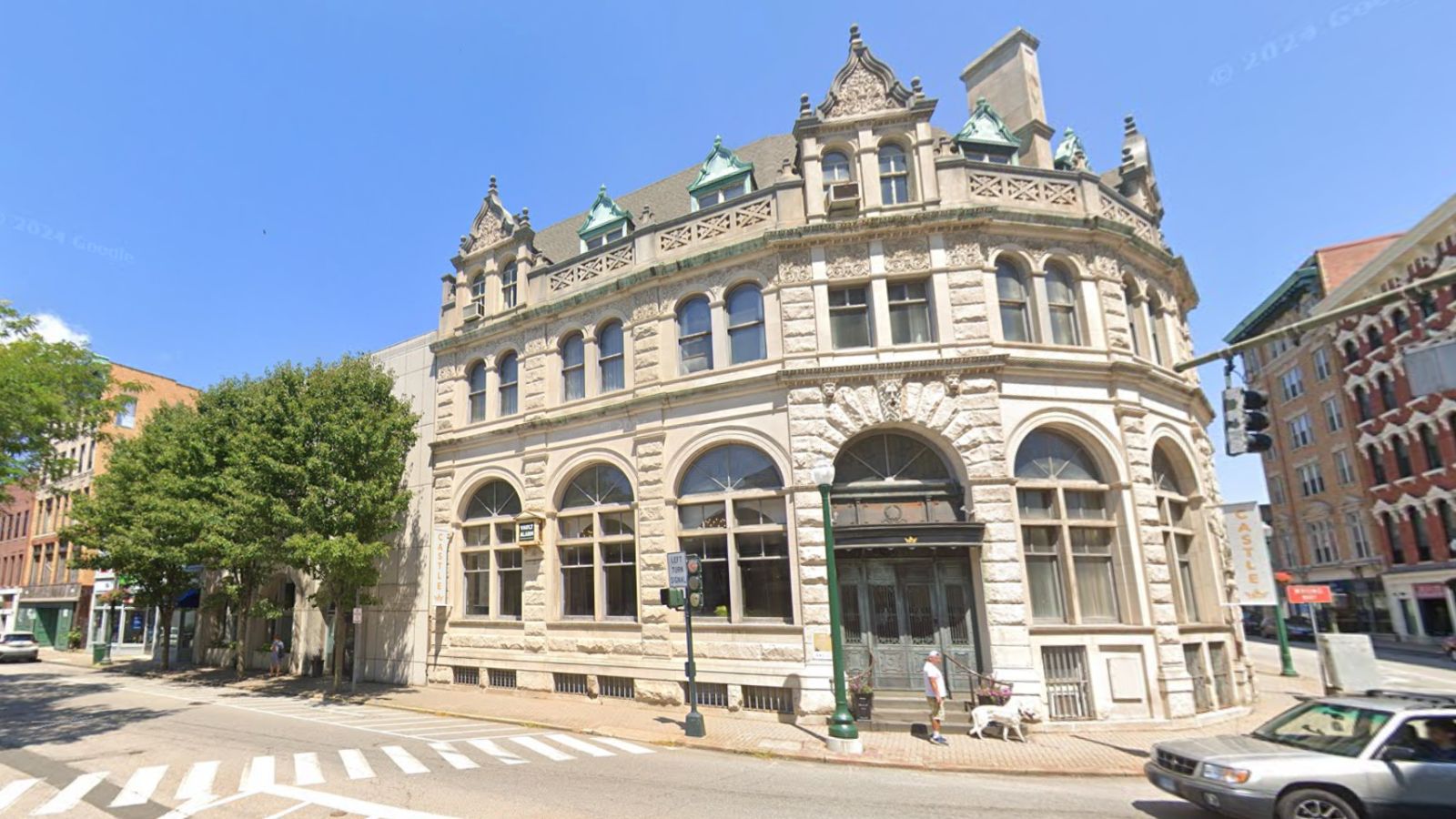
Located in southeastern Connecticut, Norwich reports 348 burglaries per 100,000 residents. The city’s economic struggles, aging housing stock, and position along major transportation routes contribute to persistent property crime challenges. Norwich has been working to revitalize its downtown area as part of crime reduction efforts.
2. Willimantic

This small city in eastern Connecticut experiences 349 burglaries per 100,000 residents. Willimantic’s economic challenges, high rental housing percentage, and proximity to the University of Connecticut create conditions that contribute to property crime. The city’s compact size and older housing stock present ongoing security challenges.
1. Clinton

Located along Long Island Sound, Clinton experiences 155 burglaries per 100,000 residents. This coastal town’s seasonal population swings, vacation properties, and proximity to major transportation corridors contribute to property crime challenges, particularly during summer months when many homes may be temporarily vacant.
References
NeighborhoodScout Crime Data Analysis
Connecticut State Police Crime Analysis Unit
FBI Uniform Crime Reporting Program
National Incident-Based Reporting System (NIBRS)
InsidePrison Crime Statistics Database
BeautifyData Municipal Crime Reports
Connecticut Department of Public Safety Crime Trends Reports
Note: Crime statistics are dynamic and can change monthly. Residents should consult local law enforcement for the most current safety information and crime prevention resources.






